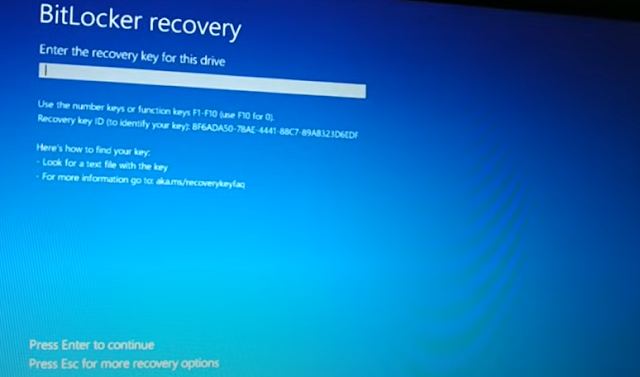Forgot bit locker pin, forgot bit locker recovery key, 5 Easy ways to fix


In
PowerShell, the Export-CSV command is used to export the output of a command or
script to a CSV file. The CSV file format is a commonly used format for storing
tabular data, which can then be opened in spreadsheet applications like
Microsoft Excel or Google Sheets. The syntax for the Export-CSV command is as
follows:
Export-Csv [-Path] <String> [-Delimiter <Char>] [-Encoding <String>] [-NoTypeInformation] [-Force] [-Append] [-InputObject <PSObject[]>] [<CommonParameters>]
Where:
For example, to export the output of a command to a CSV file named "output.csv", the following command could be used: Get-Process | Export-Csv -Path "C:\output.csv"
This would create a CSV file at the specified path containing information about all running processes on the system.
The CSV file shows all running processes with current time details and memory usages in one file. Note that, you need to run PowerShell as administrator to run the command.